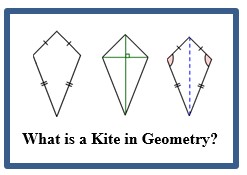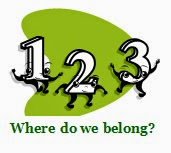First, in preparing for parent/teacher conferences, what can you do on a daily basis? Is the conference based on simply talking about grades or are there additional items that need discussing? How can an observation be specific without offending the parent or guardian? How is it possible to remember everything?
I kept a clipboard in my classroom on which were taped five 6” x 8” file cards so they overlapped - something like you see in the two pictures above. Each week, I tired to evaluate five students, writing at least two observations for each child on the cards. At the end of the week, the file cards were removed and placed into the children's folders. The next week, four different students were chosen to be evaluated. In this way, I did not feel overwhelmed, and had time to really concentrate on a small group of children. By the end of 4-5 weeks, each child in the class had been observed at least twice. By the end of the year, every child had been observed at least eight different times.
Below are sample observations which might appear on the cards.
I kept a clipboard in my classroom on which were taped five 6” x 8” file cards so they overlapped - something like you see in the two pictures above. Each week, I tired to evaluate five students, writing at least two observations for each child on the cards. At the end of the week, the file cards were removed and placed into the children's folders. The next week, four different students were chosen to be evaluated. In this way, I did not feel overwhelmed, and had time to really concentrate on a small group of children. By the end of 4-5 weeks, each child in the class had been observed at least twice. By the end of the year, every child had been observed at least eight different times.
Below are sample observations which might appear on the cards.
Student
|
Date
|
Observation
|
IEP
|
ESL
|
| 8/20 8/28 | Likes to work alone; shy and withdrawn; wears a great deal of make-up. She has a good self concept and is friendly. Her preferred learning style is visual based on the modality survey. |
X
| ||
| 9/19 9/21 | Leader, at times domineering, likes to play games where money is involved. |
By the time the first parent/teacher conferences rolled around, I had at least two observations for each child. This allowed me to share specific things (besides grades) with the parents/guardians. As the year progressed, more observations were added; so, that a parent/guardian as well as myself could readily see progress in not only grades, but in a student's behavior and social skills. The cards were also an easy reference for filling out the paperwork for a 504 plan or an IEP (Individual Education Plan). As a result of utilizing the cards, I learned pertinent and important facts related to the whole child which in turn created an effective and relevant parent/teacher conference.
To keep the conference on the right track, I also created a checklist to use during parent/teacher conferences. It featured nine characteristics listed in a brief, succinct checklist form. During conferences, this guide allowed me to have specific items to talk about besides grades. Some of the characteristics included were study skills and organization, response to assignments, class attitude, inquiry skills, etc. Since other teachers at my school were always asking to use it, I rewrote it and placed it in my TPT store. It is available for only $1.95, and I guarantee it will keep your conferences flowing and your parents focused! When you have time, check it out!
By the time the first parent/teacher conferences rolled around, I had at least two observations for each child. This allowed me to share specific things (besides grades) with the parents/guardians. As the year progressed, more observations were added; so, that a parent/guardian as well as myself could readily see progress in not only grades, but in a student's behavior and social skills. The cards were also an easy reference for filling out the paperwork for a 504 plan or an IEP (Individual Education Plan). As a result of utilizing the cards, I learned pertinent and important facts related to the whole child which in turn created an effective and relevant parent/teacher conference.
 |
| $1.95 |
To keep the conference on the right track, I also created a checklist to use during parent/teacher conferences. It featured nine characteristics listed in a brief, succinct checklist form. During conferences, this guide allowed me to have specific items to talk about besides grades. Some of the characteristics included were study skills and organization, response to assignments, class attitude, inquiry skills, etc. Since other teachers at my school were always asking to use it, I rewrote it and placed it in my TPT store. It is available for only $1.95, and I guarantee it will keep your conferences flowing and your parents focused! When you have time, check it out!
















